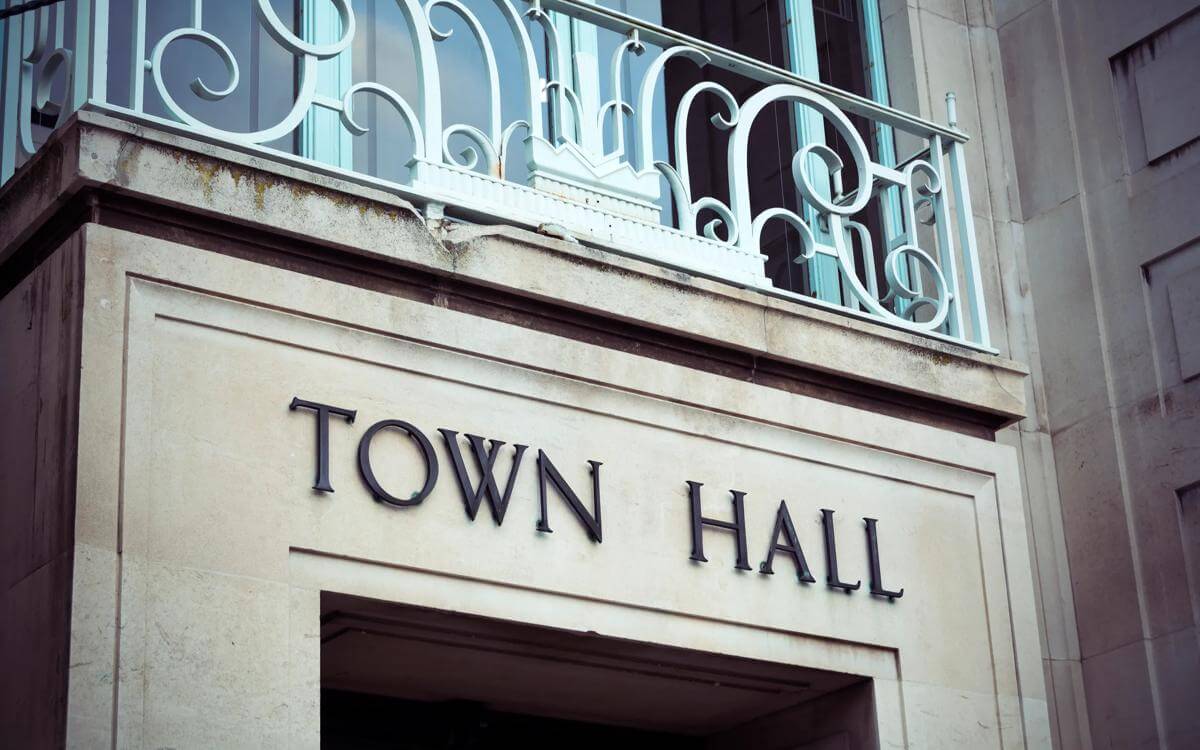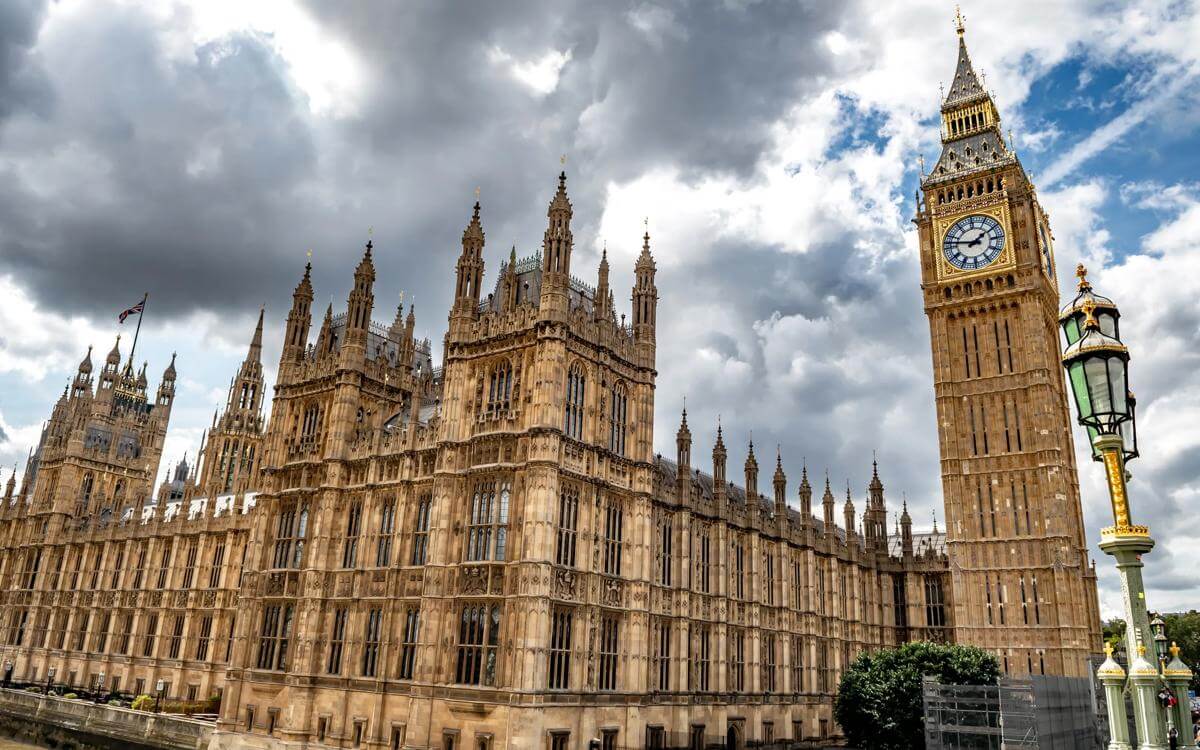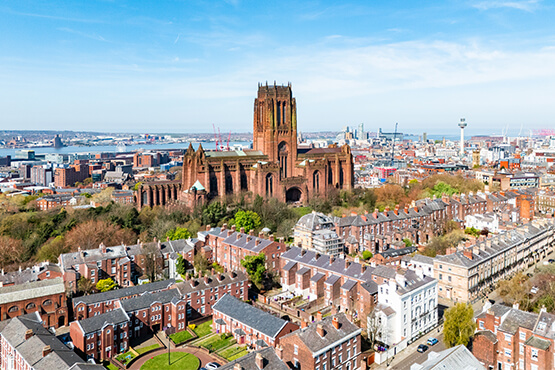Deborah Barlow v Wigan Metropolitan Borough Council
On 21 September 2014, Deborah Barlow tripped and fell over an exposed tree root on a path (the ‘Path’) in Abram Park in Wigan and brought a personal injury claim against Wigan Metropolitan Borough Council (the ‘Council’)
This article is taken from June's public matters newsletter. Click here to view more articles from this issue.
Summary
On 21 September 2014, Deborah Barlow tripped and fell over an exposed tree root on a path (the ‘Path’) in Abram Park in Wigan and brought a personal injury claim against Wigan Metropolitan Borough Council (the ‘Council’).
The claim was dismissed at first instance, but at the first Appeal before Waksam J, the claimant succeeded which led to the Council’s Appeal. Following a judgment handed down on 1 June 2020, the Court of Appeal has again found for the claimant albeit for different reasons than those given by the court below.
Key facts/arguments
- It was agreed that the defect that caused the claimant to fall was a dangerous defect within the meaning of Section 41 of the Highways Act 1980 (the ‘1980 Act’).
- It was agreed that the Path was a highway but the parties disagreed over whether it was a highway maintainable at public expense within the meaning of the 1980 Act.
- It was agreed that the park was constructed by the council’s predecessor, Abram UDC, in the early 1930s. In its judgment, the Court of Appeal ultimately accepted that the path was opened in 1932.
- It was accepted that Abram UDC had been a highway authority. The claimant argued that this meant that the Path was “a highway constructed by a highway authority” so fit within the meaning of Section 36(2)(a) of the 1980 Act and was therefore highway maintainable at public expense.
- Conversely, the Council argued that Section 36(2)(a) had no application to the case. Most importantly they argued that the Path had not been constructed whilst Abram UDC exercised highway powers and especially as Section 36(2)(a) was not retrospective in any event.
- The effect of sections 47 and 49 of the National Parks and Access to the Countryside Act 1949 (the ‘Parks Act’) is that all public paths constructed prior to the enactment of the Parks Act (i.e. prior to 16 December 1949) were maintainable by the inhabitants at large. Paths holding the status of paths maintainable by the inhabitants at large automatically became highway maintainable at public expense following the enaction of the Highways Act 1959 and retained the same status following the 1980 Act.
The decision for the Court of Appeal - was the Path a highway or highway maintainable at public expense?
If the Path was highway maintainable at public expense, the defect was a dangerous defect, the Council was in breach of its statutory duty under Section 41 of the 1980 Act and in the absence of a Section 58 Defence, the Claimant would win.
Conversely, if the Path was a highway and not highway maintainable at public expense, then the Council relied upon binding House of Lords authority in McGeown v Northern Ireland Housing Executive [1995] 1 AC 233 which gave it a complete Defence to the claim.
To those unfamiliar with McGeown, this decision makes it clear that:
- If a claimant suffers an injury due to the presence of a dangerous defect on a highway which is not highway maintainable at public expense; and
- The dangerous defect arises from a lack of action (e.g. a tripping hazard created by a tree root pushing up the path) as opposed to a positive, negligent act (e.g. a parks officer digging a large 6 foot deep pit in the middle of the path) (i.e. non feasance as opposed to misfeasance); then
- No liability attaches.
Obiter comments of Bean LJ
Bean LJ gave the leading judgment in Barlow v Wigan MBC. His obiter comments criticise the decision in McGeown. At paragraph 9 of his judgment, Bean LJ states that:
“the proposition that a Local Authority can owe a greater duty to park users walking on the grass than to park users walking on a path is to my mind absurd”.
His comments suggest that the rule in McGeown ought to be limited only to persons coming onto land for the sole reason that a public right of way exists upon the land. Bean LJ’s interpretation of McGeown has not become new law. However, his comments may be used by Claimants in the future to try to limit the circumstances in which a McGeown Defence may operate. For example:
- If a family were to visit a park to have a picnic on the grass and needed to walk along a PROW to reach their chosen picnic table, then applying Bean LJ’s obiter comments, McGeown would not apply.
- Conversely, if someone chose to walk along the same PROW through the same park as a short cut, then the rule in McGeown would apply.
The decision in Barlow v Wigan MBC has not changed the rule in McGeown. However, when McGeown is applied in future cases, Bean LJ’s obiter comments will likely be used to try to weaken a McGeown Defence deployed by Highway Authorities. We will simply have to wait and see how much force Bean LJ’s comments may have and the extent to which (and perhaps more importantly how far through the Courts) parties are prepared to argue the point.
The key decisions of the Court of Appeal
- Section 36(2)(a) of the 1980 Act would only apply if Abram UDC was acting in its capacity as a highway authority when it constructed the Path. This was not the case. Accordingly, the Path was not highway maintainable at public expense as the result of the operation of this Section of the 1980 Act.
- Further and in any event, Section 36(2)(a) of the 1980 Act is not retrospective and so had no application to the construction of the Path in 1932.
- However, Sections 47 and 49 of the Parks Act applied given the Path was constructed in 1932. The Path was maintainable by the inhabitants at large from prior to 16 December 1949 and automatically became highway maintainable at public expense following the enactment of the Highways Act 1959 and retained this status following the enactment of the 1980 Act.
- As a highway maintainable at public expense, Section 41 of the 1980 Act applied and in the absence of a Section 58 Defence, the Council’s Appeal failed.
Key takeaway points
- It is not too surprising that the importance of sections 47 and 49 of the Parks Act 1949 were initially overlooked in the life of the Barlow case. They are rarely argued/cited in the writer’s experience. However, given the claimant’s success in Barlow, I expect claimant solicitors to now be alive to the point in the future.
- In light of the comments of Bean LJ, claimants may seek to argue that the effect of McGeown should become more limited in the future. Accordingly, in cases where a McGeown Defence is being considered, Highway Authorities need to ensure that they have fully researched the status of the path which is the subject of the claim and are aware of the risks in running the argument given the decision in Barlow.
- We now know that Section 36(2) of the 1980 Act is not retrospective and that for it to bite, a Local Authority will need to have been exercising its highway powers. Irrespective of the council’s loss in this case, the Court of Appeal’s clarifications over Section 36(2) of the 1980 Act will be helpful for Highway Authorities in the future and will limit the number of routes that are highway maintainable at public expense.
- Finally, Highway Authorities are reminded that they need to remain wary of the decision in Gulliksen v Pembrokeshire County Council [2003] QB 123 which is unaffected by the decision in Barlow. If a highway was constructed by a Local Authority using its Housing Act powers then it is highway maintainable at public expense and should be inspected and maintained as such.
Contact

Matthew Harpin
Partner
matthew.harpin@brownejacobson.com
+44 (0)121 237 3970








































